Excavation of a mosaic floor of a Roman-era structure in İncesu, central Turkey, has revealed it to be the largest ever found in Anatolia, and they keep finding more of it.
The mosaics were first encountered during salvage archaeology operations in 2010. After two excavations (2010 and 2012) partially uncovered the mosaic inscriptions, legal issues forced the suspension of archaeological work. Excavations resumed in 2020 and by the end of the season in 2021, more than 10 rooms with approximately 3230 square feet of uninterrupted mosaic floors in exceptional condition had been uncovered. This season’s excavation has doubled the surface area of mosaic coverage to approximately 6500 square feet out of the 43,000 square feet of the site excavated thus far.
The structure has not yet been identified conclusively, but archaeologists believe it was the villa of great importance built in the 4th century A.D., although there are elements from the 3rd century A.D. as well, and it was still in use throughout the Byzantine and Turkish-Islamic periods. The glamorous central reception hall and surrounding rooms are adorned with a dizzying array of floor mosaics with geometric patterns that create an overall wall-to-wall carpet effect.
The interwoven panels and motifs include simple guilloche (two interlaced strand lines), chain guilloche (the interlaced strands tie together like a linked chain), 3D cubes, Solomon’s knots, wave bands, meanders, ribbons, diamonds, swirls and much more. In the main room, a shield of triangles, which in earlier mosaics often surrounded a depiction of the gorgon Medusa, surround a Latin inscription that praises the building itself.
The Latin inscription reads:
Votis XXX multis XX bis XX
Curante Yacintho comite
Fabrica ad summum per
Ducta es culmen
Meaning:
With vows/prayers on the occasion of the 30th anniversary and further vows until the 40th
[The building was erected]Under the direction of the comes Hyacinthus
You, building, have been executed to the highest level.
Comes (“count”) was a title granted to officials of the imperial court. Nothing is known of an official named Hyacinthus recorded in this inscription.
Another, much briefer inscription in a smaller adjacent square walled room is in Greek and translates to “If you are healthy, enter.” This could refer to either physical health, or, if the building had a religious purpose, it could be a condition that all who were allowed to enter the space were spiritually sound.
Providing information about the example of civil architecture, [Can Erpek, Byzantine archaeology professor at Nevsehir Haci Bektas Veli University,] stated that it could be one of the imperial properties and said:
“We are talking about a high-end residence spread over a very large area, a residence with 33 rooms, we have not reached the limits of this residence, we foresee that the current residence will expand even further with our excavations that will continue next year. When we think of Cappadocia and the Central Anatolia Region, which has very valuable floor mosaics, we do not see floor mosaics on such a large residential floor. We know that there were many imperial properties in the Cappadocia region during the Roman and Byzantine periods. We encounter the name Hyacinthus in the inscriptions, we think that he is one of the rulers and administrators of the region, we examine the sources. As we access the data, we may have reached the residence of an important high-level administrator of the imperial estates in the region; such a residence has not been reached until now. “Our excavations will continue next year.”
* This article was originally published here




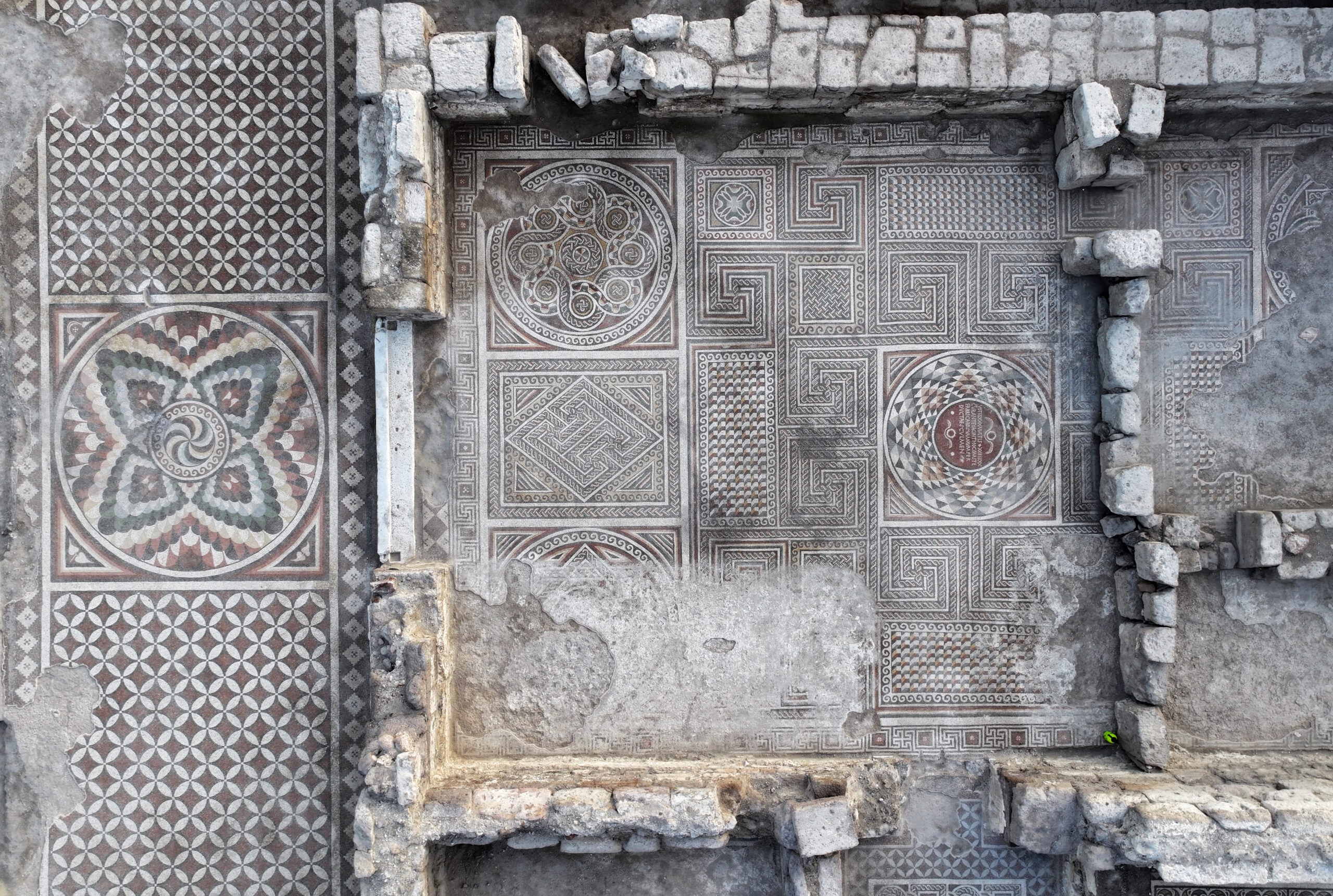
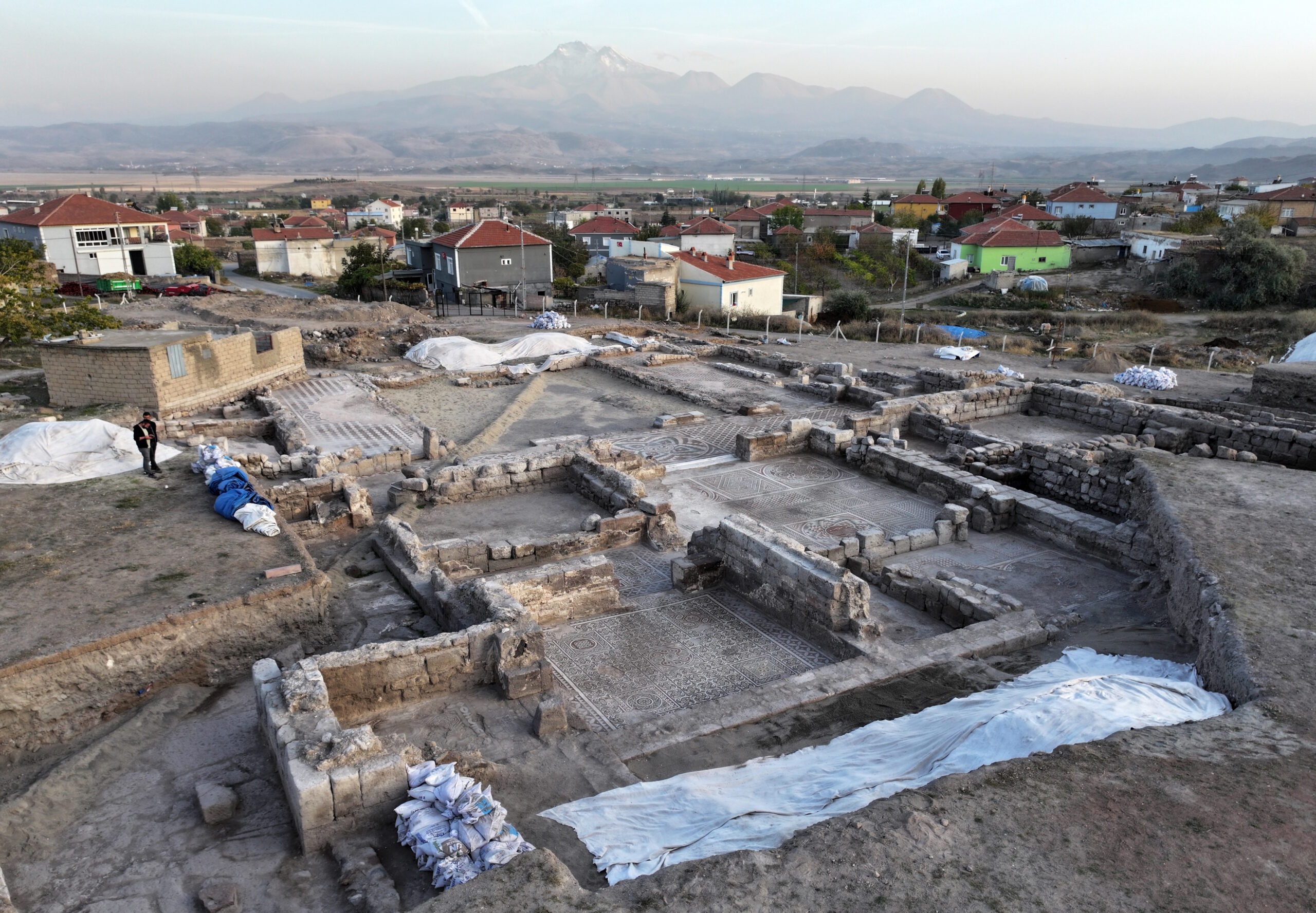
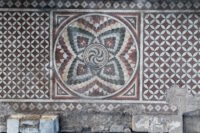
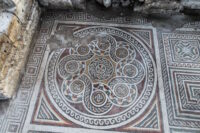
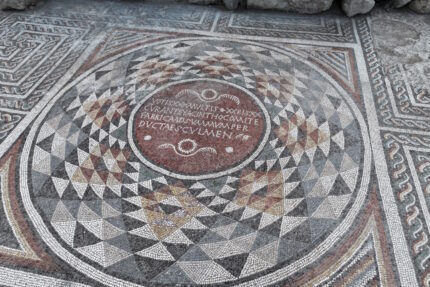
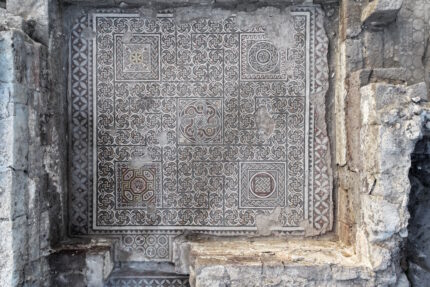
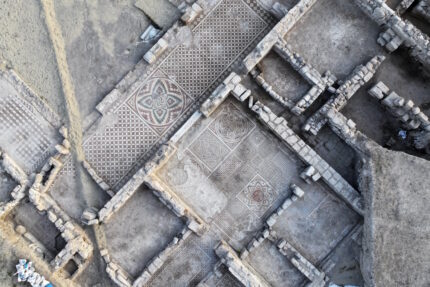


No comments:
Post a Comment